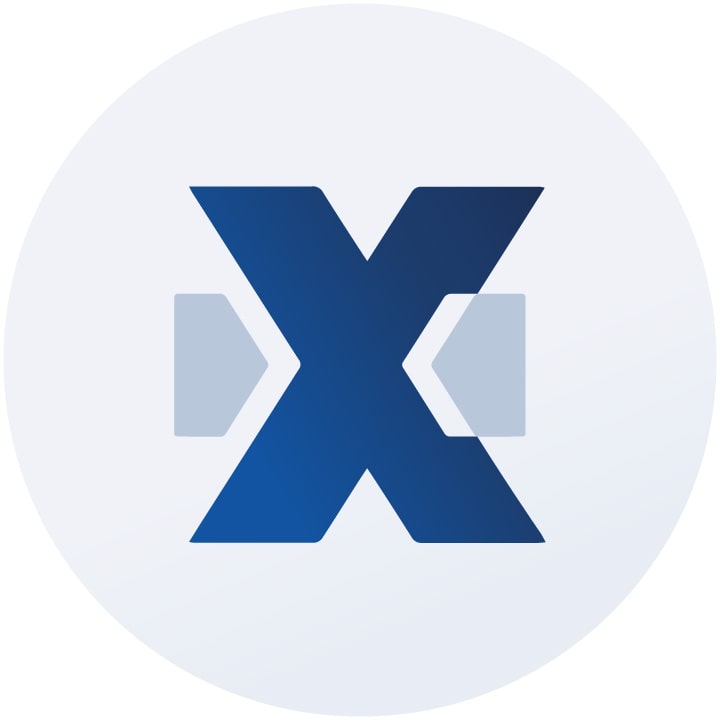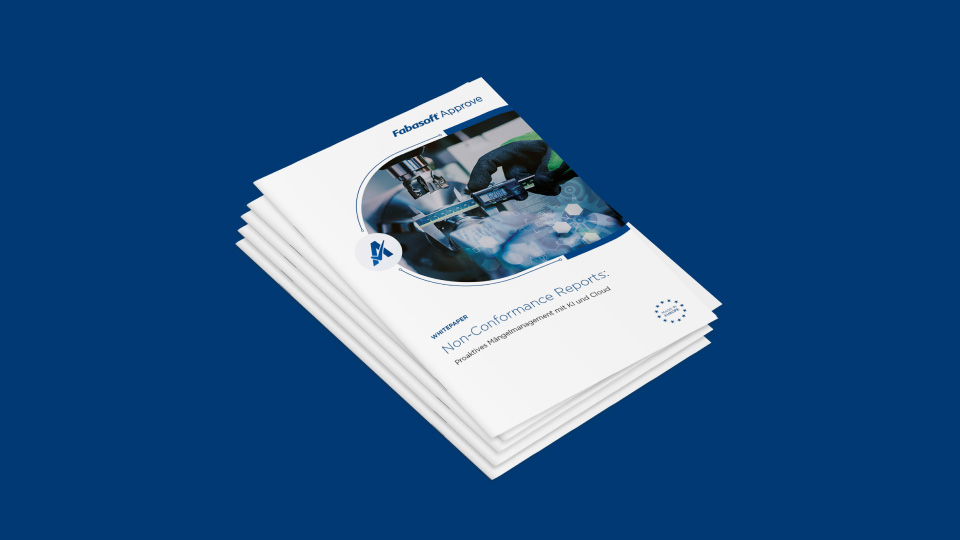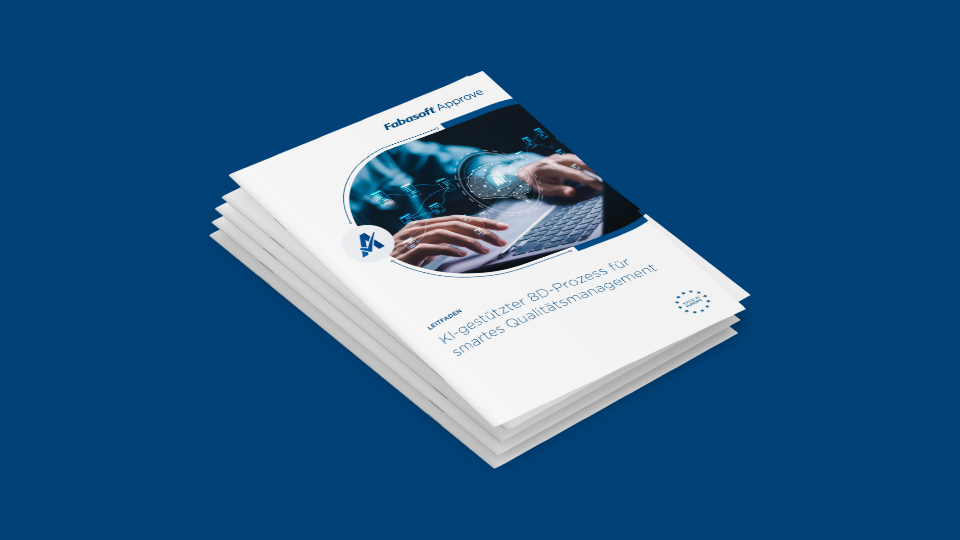This interview was conducted by Michael Lemster, Head of Content Management, Digital Publishing Report.
In today's rapidly evolving digital landscape, keeping pace with technological advancements has become a cornerstone of success across industries. This holds true, especially in the scholarly publishing sector. It's against this backdrop that we delve into a discussion with industry experts, focusing on the transformative power of their innovative solutions. Our conversation aims to shed light on how modern technology can streamline processes, enhance content management, and ultimately add value to the publishing industry. Join us as we explore the intersection of technology and scholarly work, offering insights that are as accessible as they are enlightening.
Hi, Matthias and Florian. I’m glad you took the time to speak with me today. Please tell us a little bit about yourselves.
Matthias: Thanks for having us! My name is Matthias Kraus, and I am the founder and CEO of Fabasoft Xpublisher. For more than 20 years, I have been advising companies in the field of multichannel publishing and guiding them through their transition to digitalization.
Florian: My name is Florian Kirschner, and I am the Managing Director of Fabasoft Xpublisher Inc. in Chicago. I am developing our presence in the American market and I'm responsible for North American clients and client projects.
What is Xpublisher, and what does it do for scholarly publishing?
Matthias: Our software helps scholarly publishers streamline their content-related and publishing workflows by automating them.
Xpublisher for Scholarly Publishing consists of three modules: First, Xeditor, which allows anyone to create structured content (XML) without technical knowledge. Xpublisher DAM, secondly, is the central repository for managing your content (XML and other) in-house. The integrated workflow engine promotes true collaboration to increase the value of your content even further. And finally, multichannel publishing to automatically produce different output formats for various publication channels.
Why is XML so critical when it comes to scholarly publishing?
Florian: As the industry standard for scholarly communication, XML is essential for streamlining publishing processes, reducing errors, cutting costs, enhancing workflow efficiency, and improving accessibility. By structuring text with machine-readable tags, XML enables software automation, such as easy transformation into various formats like HTML, PDF, and EPUB.
Matthias: The scholarly publishing community is increasingly adopting JATS XML as the standard indexing format, boosting SEO and indexing for journal websites. In summary, XML’s structured format and machine-friendly metadata are essential in today’s and tomorrow’s publishing landscape for efficiently discovering and reusing scholarly content.
Sounds good, but isn’t XML so complicated that users need to know how to code?
Florian: That’s the beauty of Xeditor. Our WYSIWYM (What You See Is What You Mean) editor looks and feels like MS Word but behaves completely differently. It guides the author through the schema and creates XML in real time. That means basically anyone can create XML without technical or coding knowledge.
What do you mean by schema?
Florian: An XML Schema is like a construction manual for a document. It is used to describe and validate the structure and content of XML data, defining the elements, attributes, and data types. XML schemas are used to validate XML documents to ensure they conform to a specific structure and content. In scholarly publishing, JATS and JATS BITS are commonly used for articles and other scientific documents. These set of rules help to standardize the way data is represented and shared, making it easier to exchange and reuse data consistently.
Matthias: However, sometimes it makes sense to tailor a schema to the needs of a client. Remember, it’s machine-readable and structured so that it can still be easily transformed to the standard or to the requirements of a delivery platform, for example.
Thanks for explaining that! You also mentioned multichannel publishing. How would you define that in the context of scholarly publishing, and why is it important?
Matthias: With Xpublisher you can create structured single-source-of-truth content that is cross-media capable. And you can automatically generate different output formats like PDF, transformed XML, or HTML for all your publication channels including open access, print, and your website or online store. You can also reuse and therefore re-monetize your content for future publications or new distribution channels.
With our integrated production services such as Antenna House or InDesign Server, recycling your content is highly automated, meaning that it’s much more effective than giving your content away to an offshore vendor where you pay per document or page.
What are the different channels typically used for scholarly publications?
Matthias: Our customers typically use delivery platforms like Silverchair or HighWire, open access platforms such as OJS, as well as their own websites or as online stores, and print products are still very relevant, too.
What challenges are associated with scholarly publishing, and how can they be overcome?
Florian: Based on the conversations I have had with customers and industry experts, they frequently struggle with generating XML, which leads to expensive conversions and transformations. These processes are often outsourced, putting the control in the hands of a third party and leading to errors and loss of quality. Another problem is the inability to easily access and find their own content either due to outdated technology or completely outsourced processes. What’s needed for effective searches with fast results is a powerful digital asset management (DAM) system that enables tagging and metadata mapping.
Matthias: In addition, I see some missed opportunities to re-use and re-monetize or monetize at all this elaborately produced high-quality content. I always recommend that customers use every channel available to them. Different platforms are visited by different target groups, so using your content across multiple channels can only benefit you.
What role do you see your company playing in shaping the future of scholarly publishing?
Matthias: We take organizations to the next level by making their workflows and content the best they can be. Automated processes will help organize their teams and increase their efficiency.
Florian: An important step in this process is to bring our customers’ content work in-house and get more out of their high-quality materials.
By helping our customers in this way, we also aim to increase knowledge and support research.
What advice would you give to publishers or researchers looking to optimize their scholarly publishing strategies?
Florian: I think the most important factor is handling your content development and management in-house. Outsourcing is expensive, cumbersome, and error-prone − it should only be a temporary solution.
Matthias: And then, of course, implement best-practice workflows that accelerate your processes and increase the quality of your content.
Any closing words?
Matthias: Don’t fear the future, embrace it as an opportunity, and find the right partner to build a flexible and future-proof IT solution.
This interview first appeared in the online magazine “Scholarly Publishing Technology - The future of technologies in scholarly communication”: www.scholarly-publishing.tech




